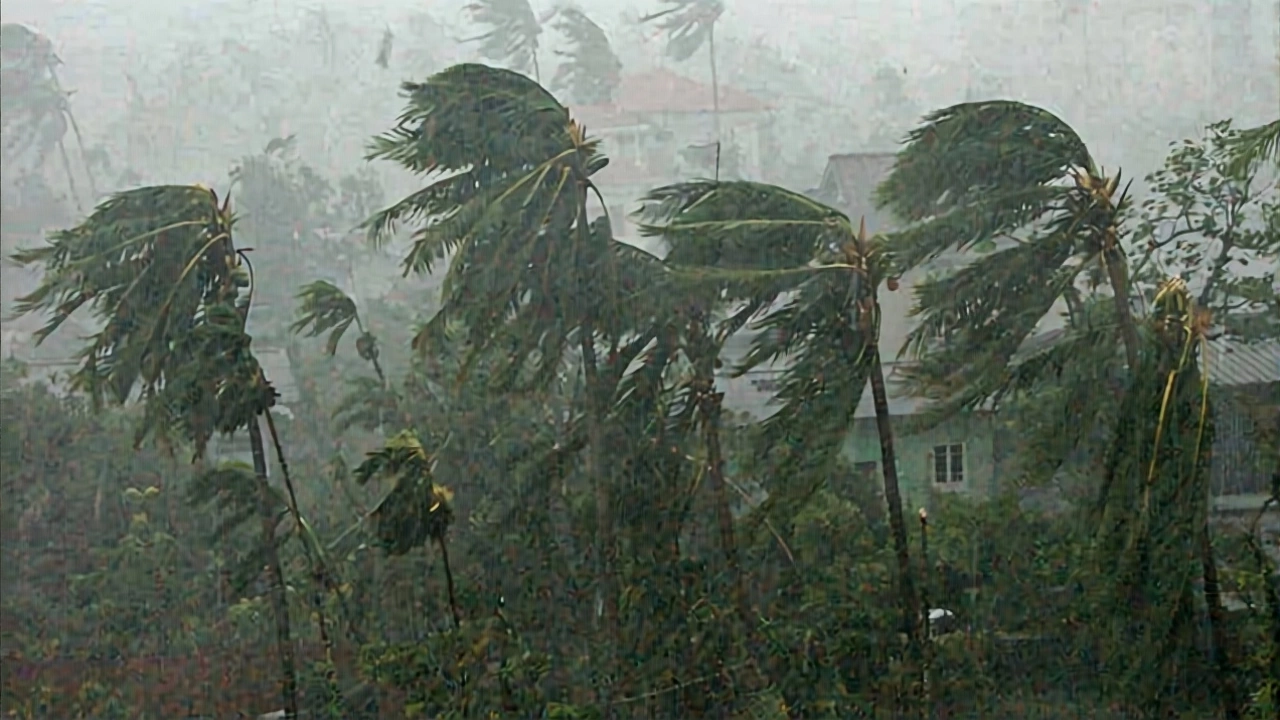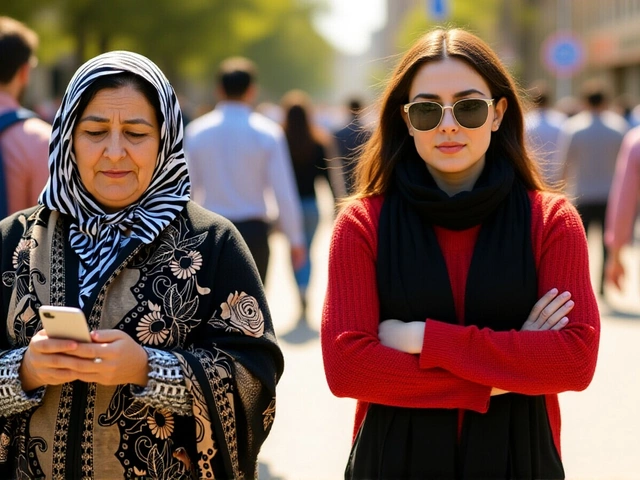For the first time this year, morning commuters in Delhi-NCR had to wipe fog off their windshields on October 29, 2025. The India Meteorological Department (IMD) confirmed what residents felt — a sharp, unmistakable chill had arrived. With a minimum temperature of 18°C and shallow fog blanketing wide stretches of the National Capital Region, the transition from post-monsoon warmth to early winter was no longer a prediction. It was reality. And it’s only going to get colder.
What’s Really Changing in Delhi-NCR’s Weather?
The shift didn’t happen overnight. Over the past ten days, maximum temperatures have slipped from the mid-30s down to the low 20s and early 30s. On October 29, the IMD recorded a high of 28°C and a low of 18°C — a 10-degree swing from just a week prior. By October 30, highs hovered near 30°C, but the real story was the persistent fog. In Noida, Ghaziabad, and even parts of Faridabad, visibility dropped below 500 meters during peak fog hours — 6 a.m. to 9 a.m. and again after 6 p.m.Humidity levels, hovering between 50% and 90%, are the hidden culprit. When cool air meets residual moisture from the monsoon and emissions from vehicles and industry, it doesn’t just create fog — it creates smog. The air feels thick. Breathing becomes harder, especially for children and the elderly. The India Meteorological Department (IMD) warned that these conditions will worsen through November, with minimum temperatures potentially dipping to 17°C by mid-month.
Why Are Forecasts So Conflicting?
If you checked five weather apps on October 29, you got five different numbers. AccuWeather reported 34.4°C (94°F), while Weather25.com said 32.8°C. MakeMyTrip listed 31.8°C, and Climate-Data.org cited 33°C. What gives?The discrepancy comes from measurement points. Airport readings — where the IMD bases its official data — are often cooler than city-center sensors. Noida’s urban heat island effect, for example, can inflate readings by 3–5°C compared to Okhla or Palam. The IMD’s 28°C high for October 29 is the official benchmark, but local pockets like Connaught Place or Greater Noida felt hotter. Still, the trend is undeniable: the heat is breaking.
Early Winter, Not Just a Cool Spell
This isn’t a random dip. Delhi’s climate pattern has been shifting since 2020, with winters arriving earlier and lasting longer. In 2023, the first dense fog appeared on November 12. In 2024, it was November 5. This year? October 29. That’s a full two weeks early.“We’re seeing the fingerprints of climate change in the timing, not just the intensity,” said Dr. Rajiv Mehta, a climatologist at the Indian Institute of Tropical Meteorology. “The monsoon retreat is faster, the land dries quicker, but residual moisture lingers in the lower atmosphere. Combine that with rising particulate pollution, and you get smog before the cold even fully sets in.”
October 2025 is expected to see only 7–13 mm of rainfall — barely enough to dampen the dust, not enough to wash away pollutants. That means every morning fog is also a pollution trap. The Central Pollution Control Board recorded AQI levels above 250 — unhealthy — in 12 of Delhi’s 15 monitoring stations by October 30.

Who’s Most at Risk?
The 30 million residents of Delhi-NCR aren’t all affected equally. Children under five, seniors over 65, and people with asthma or COPD are seeing emergency room visits climb. Hospitals in South Delhi and East Delhi reported a 37% spike in respiratory cases in the last week of October.Outdoor workers — delivery riders, construction laborers, street vendors — are the forgotten frontline. Many still work 10-hour shifts with no access to filtered air. “I used to sweat in October,” said Rajesh Kumar, a cycle courier in Okhla. “Now I shiver. But I can’t stop. My kids need food.”
What Comes Next?
The IMD predicts the cooling trend will continue through November, with minimum temperatures likely to hit 15–17°C by November 15. By late November, dense fog could persist for up to six hours a day. The government has already activated its Graded Response Action Plan (GRAP) — Stage 1 — which includes increased road sprinkling and bans on open burning.But experts say these are band-aids. “We need to fix the root: industrial emissions, diesel vehicles, crop stubble burning in Punjab and Haryana,” said Dr. Mehta. “Fog is just the symptom.”
For now, residents are adapting. Masks are back on shelves. Humidifiers are selling out. Parents are keeping kids indoors until after 10 a.m. And for the first time in years, the smell of winter — damp earth, cold air, and a faint tang of smoke — is unmistakable.
Frequently Asked Questions
Why is fog forming earlier than usual in Delhi-NCR in 2025?
Fog is forming earlier due to a combination of faster monsoon retreat, lingering atmospheric moisture, and rising air pollution. The land dries quicker after rains, but pollutants trap humidity near the surface, creating ideal conditions for fog even before temperatures fully drop. This pattern has intensified since 2020, pushing early winter fog from mid-November to late October.
How does this weather affect air quality in Delhi-NCR?
Low wind speeds and high humidity during morning and evening hours trap pollutants close to the ground, causing AQI levels to surge above 250 — in the 'unhealthy' range. With nearly zero rainfall in October, there’s no natural cleansing. The result is smog, not just fog, which poses serious risks to respiratory health, especially for children and the elderly.
Are the temperature differences between weather apps real or just measurement errors?
Both. Some apps use data from airports (like Palam), which are cooler, while others pull from urban heat islands like Connaught Place or Noida, where temperatures run 3–5°C higher. The IMD’s official readings are standardized and used for public advisories, but local conditions vary. What matters is the trend: all sources agree temperatures are falling and fog is increasing.
What’s the difference between fog and smog in Delhi’s October weather?
Fog is natural water vapor condensing in cool air. Smog is fog mixed with pollutants — PM2.5, nitrogen oxides, and ground-level ozone — from vehicles, industries, and crop burning. In Delhi, what looks like fog is often smog. It’s thicker, smells faintly chemical, and lingers longer. Health advisories now treat it as hazardous air, not just weather.
Is this early winter trend likely to continue in future years?
Yes. Climate models show Delhi’s winter onset is moving earlier by 2–3 days per year. Rising greenhouse gas concentrations, reduced snowmelt from the Himalayas affecting regional moisture cycles, and urbanization are accelerating this shift. Without major pollution controls, early winter fog and smog could become the norm by 2030.
What should residents do to protect themselves during morning fog?
Limit outdoor activity between 6 a.m. and 10 a.m. when pollution peaks. Use N95 masks if going out. Keep windows closed, use air purifiers indoors, and avoid strenuous exercise outdoors. Children, elderly, and those with respiratory conditions should stay indoors. Check real-time AQI via the CPCB app before stepping out.

